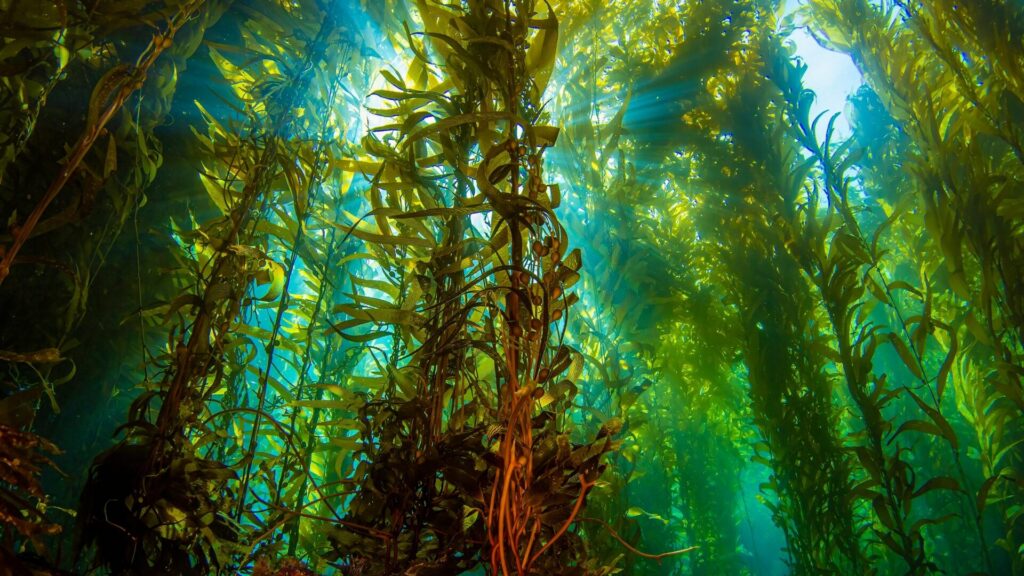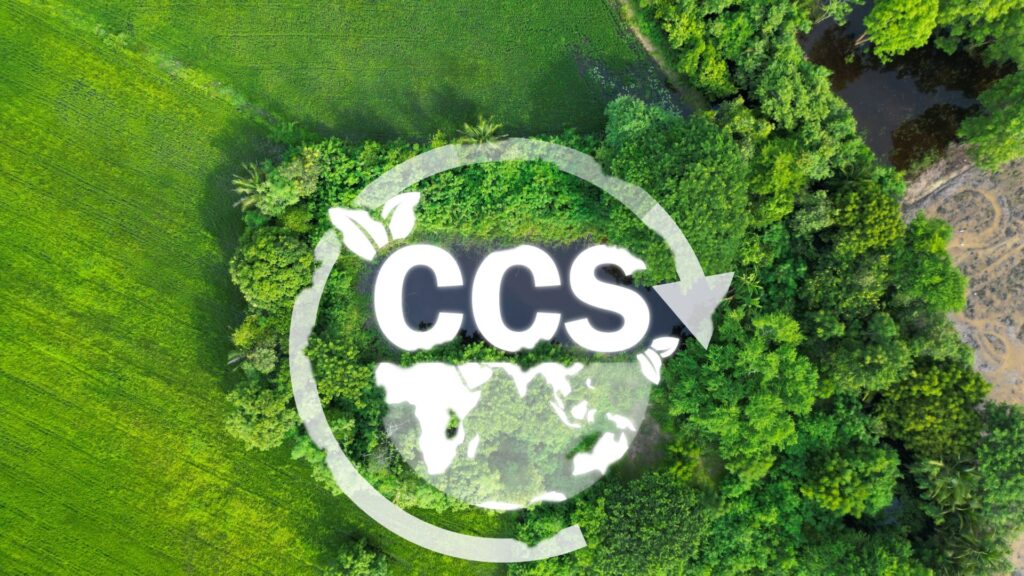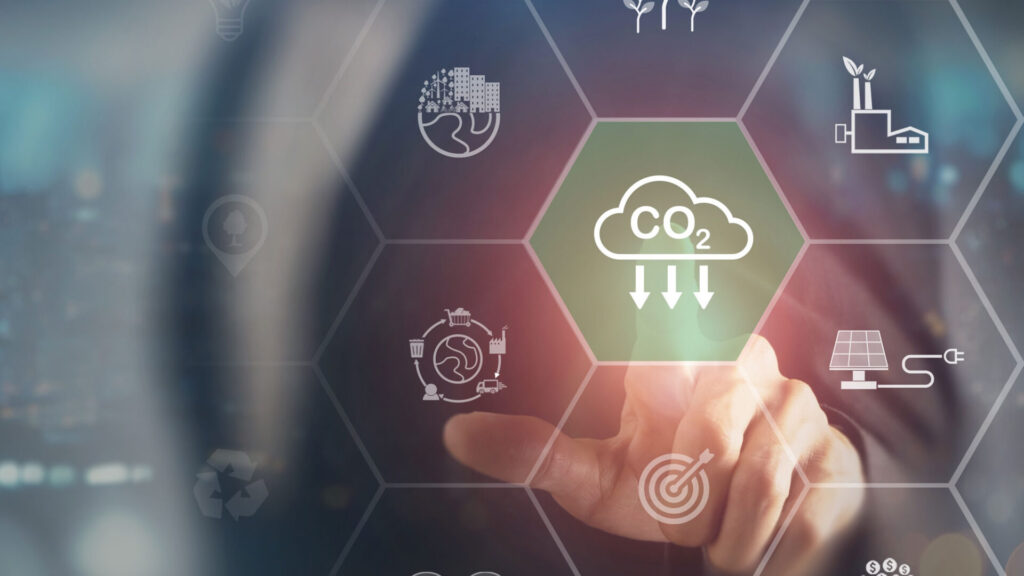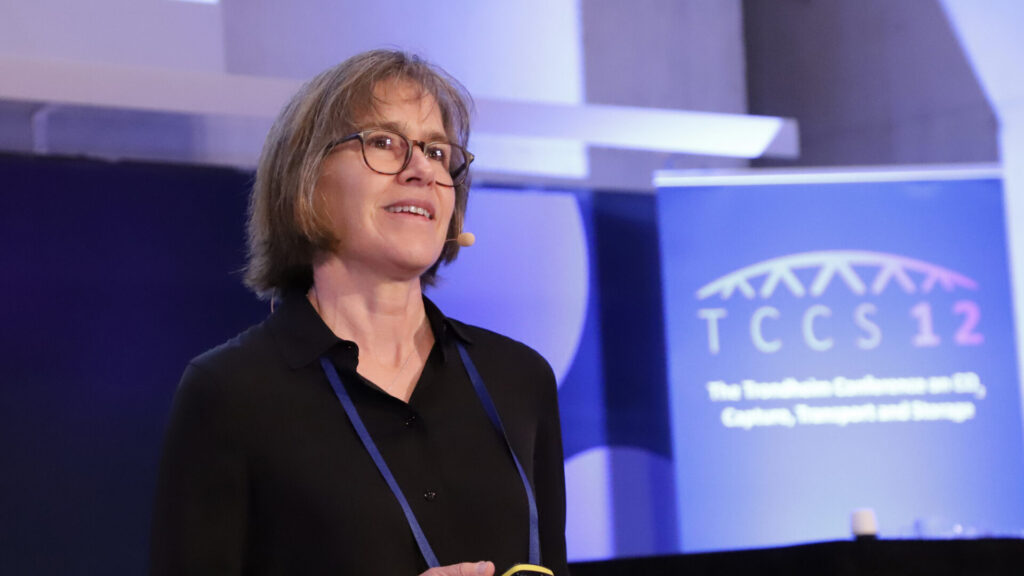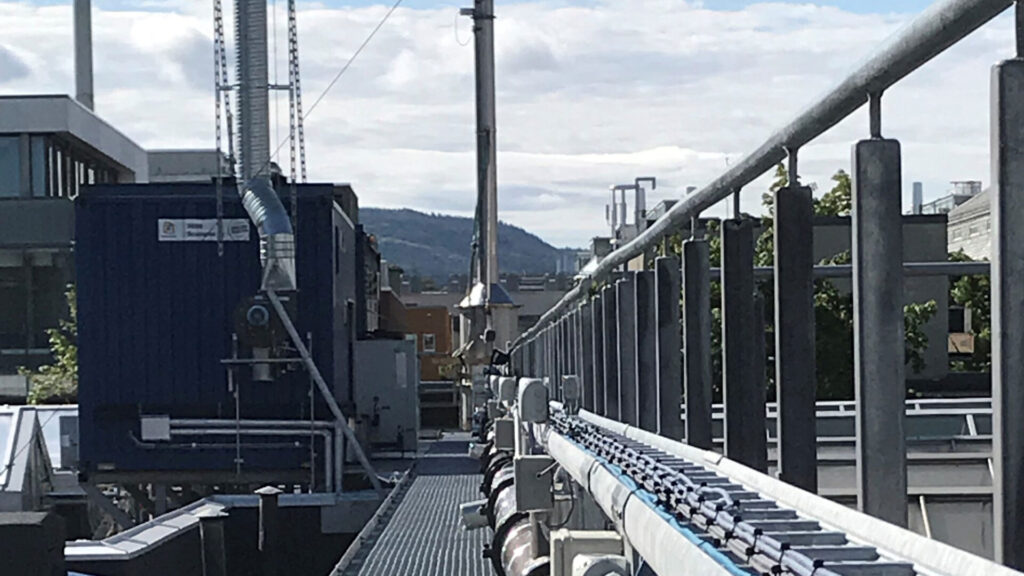Q&A: Can we capture CO₂ from the ocean?
The removal of greenhouse gases from the atmosphere has been highlighted as a critical component of almost every path to achieving the goals…
Q&A: Using non-traditional bioresources for Bio-CCS
The removal of greenhouse gases from the atmosphere has been highlighted as a critical component of almost every path to achieving the goals…
COP28: How CCS can contribute to net-zero emissions
Carbon capture, transport and storage (CCS) is a crucial technological solution for reducing CO2 emissions and achieving the climate goals outlined in the Paris Agreement. It can play a significant role in decarbonising industrial sectors, and producing “clean” hydrogen. However, we still need standards and infrastructure for the large-scale CO2 transport and storage.
The finalisation of a clear incentive for CCUS in Europe just arrived – why did it take so long and what can emerging emissions trading systems learn?
Recent amendments to EU emissions trading system clearly incentivizes permanently stored CO2 as an abatement option for regulated emitters. Why did it take almost 20 years to arrive at this seemingly obvious conclusion, and what can we learn from this experience?
The Impact of CCS Research on the Green Transition
2050 is now less than 27 years away – when the world has set a goal for becoming climate neutral. Capturing and storing gigatons of CO2 annually is a crucial part of achieving this goal – but to do that, we need more open innovation. We need to collaborate and share knowledge, even if we are competitors. We might have the money, but we do not have the time to fail.
Why experiments and modelling are necessary for the safe design and operation of CO₂ transport systems
CO₂ capture, transport and storage (CCS) systems are an important part of our toolbox for mitigating climate change. However, increased R&D efforts are needed to facilitate an efficient and safe scaling up of CCS to the level needed to mitigate climate change. In his keynote speech at TCCS-12, SINTEF Chief Scientist Svend Tollak Munkejord discussed why both experiments and models are a necessary part of this effort.

